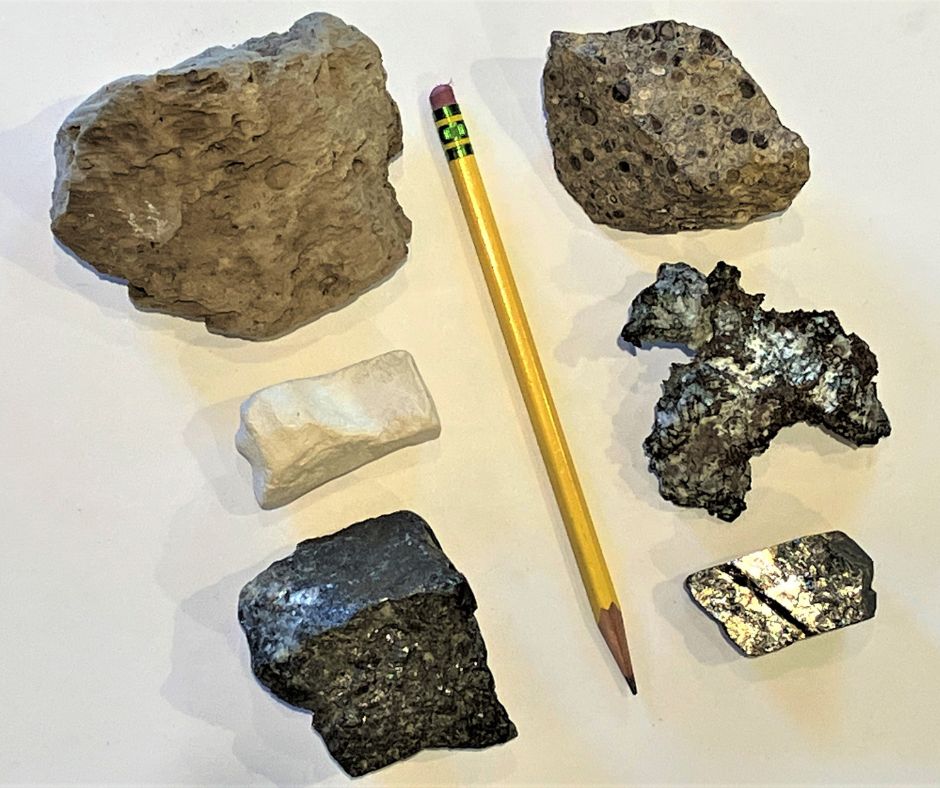In the vast realm of geology, rocks come in various forms, each with its own unique properties and characteristics. From the towering mountains to the depths of the ocean floor, rocks have shaped the Earth's landscape for millions of years. Among the countless types of rocks, one question often arises: which is the hardest rock on Earth? In this article, we will delve into the depths of geology to uncover the answer, exploring the properties, formation, and significance of the hardest rock known to mankind.
- The Diamond: Nature's Unyielding Gem
At the pinnacle of hardness lies the diamond, a gemstone renowned for its exceptional durability. Composed of carbon atoms arranged in a crystal lattice structure, diamonds possess a hardness rating of 10 on the Mohs scale, making them the hardest naturally occurring substance on Earth. Their remarkable hardness is a result of the strong covalent bonds between carbon atoms, which give diamonds their unparalleled resistance to scratching and abrasion. - The Formation of Diamonds: A Journey through Time
Diamonds are formed deep within the Earth's mantle, under immense pressure and extreme temperatures. The process begins with carbon-rich materials, such as organic matter or graphite, being subjected to intense heat and pressure over millions of years. This transformative journey occurs at depths of around 150 kilometers, where the combination of high pressure and temperature causes the carbon atoms to rearrange into the crystalline structure of diamonds. - Industrial Applications: Harnessing the Power of Hardness
The exceptional hardness of diamonds has led to their extensive use in various industries. In the realm of cutting and grinding, diamond-tipped tools have revolutionized the precision and efficiency of processes such as drilling, sawing, and polishing. Additionally, diamonds are utilized in the production of high-quality abrasives, enabling the shaping and finishing of materials that would otherwise be challenging to work with. Their hardness also makes diamonds ideal for use in high-pressure experiments and as protective coatings for delicate instruments. - Beyond Diamonds: Exploring Other Hard Rocks
While diamonds reign supreme in terms of hardness, there are other rocks that exhibit impressive durability. For instance, the mineral corundum, which includes the gemstones ruby and sapphire, ranks just below diamonds on the Mohs scale with a hardness of 9. Similarly, various forms of quartz, such as amethyst and citrine, possess a hardness of 7, making them significantly harder than most other minerals commonly found in the Earth's crust.
Conclusion:
In the realm of geology, the diamond stands tall as the hardest rock on Earth, a testament to the incredible forces and conditions that shape our planet. Its exceptional hardness has not only captivated the world of gem enthusiasts but also revolutionized industries that rely on precision and durability. As we continue to explore the wonders of geology, the quest for knowledge about the Earth's hardest rocks will undoubtedly lead to further discoveries and advancements in various fields.



